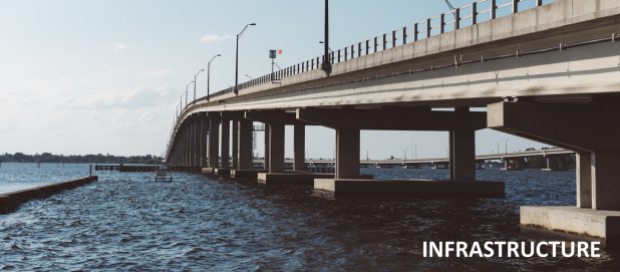
Even as we see the levellised cost of solar coming down, and increasing penetration of renewable energy, the electricity coming to us in our grids are increasing in prices. At least it seems to be so in Australia. There’s a lot of cost associated with the transmission and distribution infrastructure that needs to be recovered – partly because the growth of intermittent renewables mean that the grid infrastructure will have to be expanded.
But it is not just that; there’s also more padding required in the margins of electricity retailers because the intermittency results in even more volatile electricity prices in the wholesale market. That means that if the retailers are still providing fixed price tariffs and long contracts to customers, they will have to manage their risks by putting higher profit margins into the retail packages.
There is a huge price to pay by the society to eventually enjoy more renewable energy. If we don’t adapt to the intermittency through more adding more flexible generation leveraging on demand response and integrating EV recharging networks into the network operation optimisation (ie. Vehicle-to-Grid systems), we can only expect higher bills. We had better accelerate the transition or we’re soon losing the patience of energy consumers.








